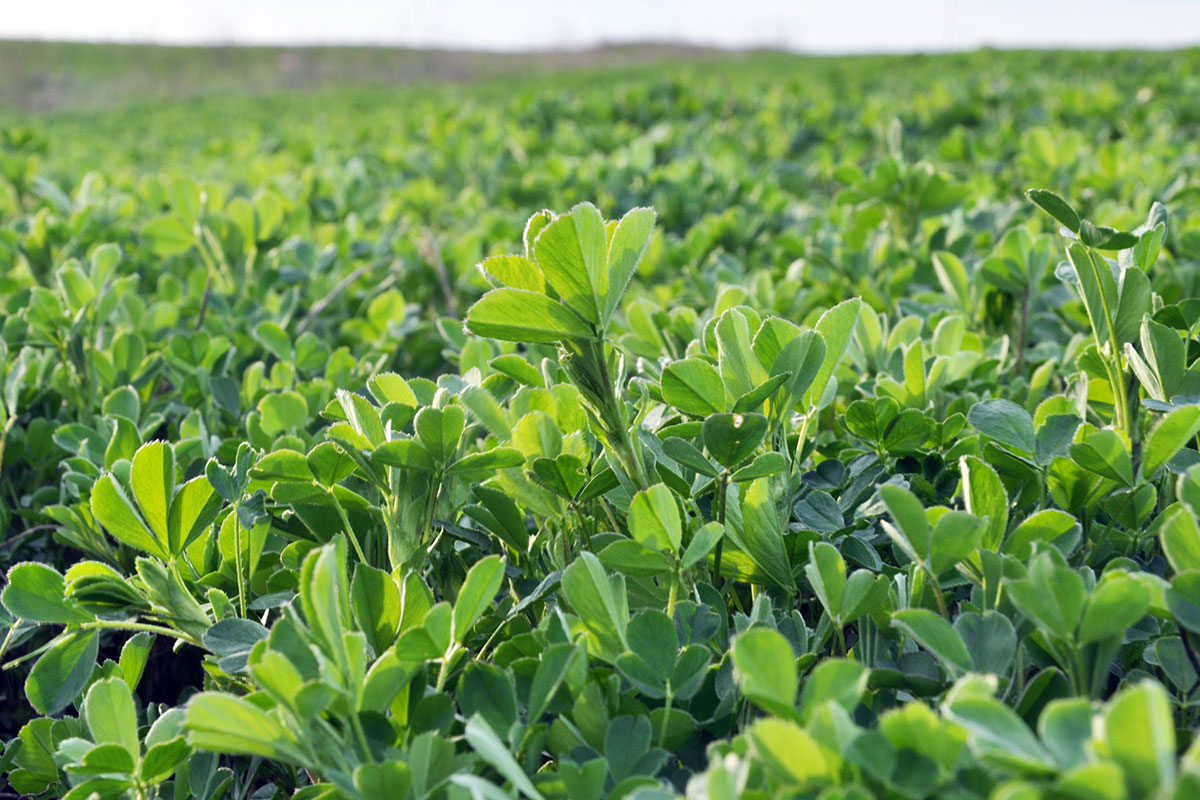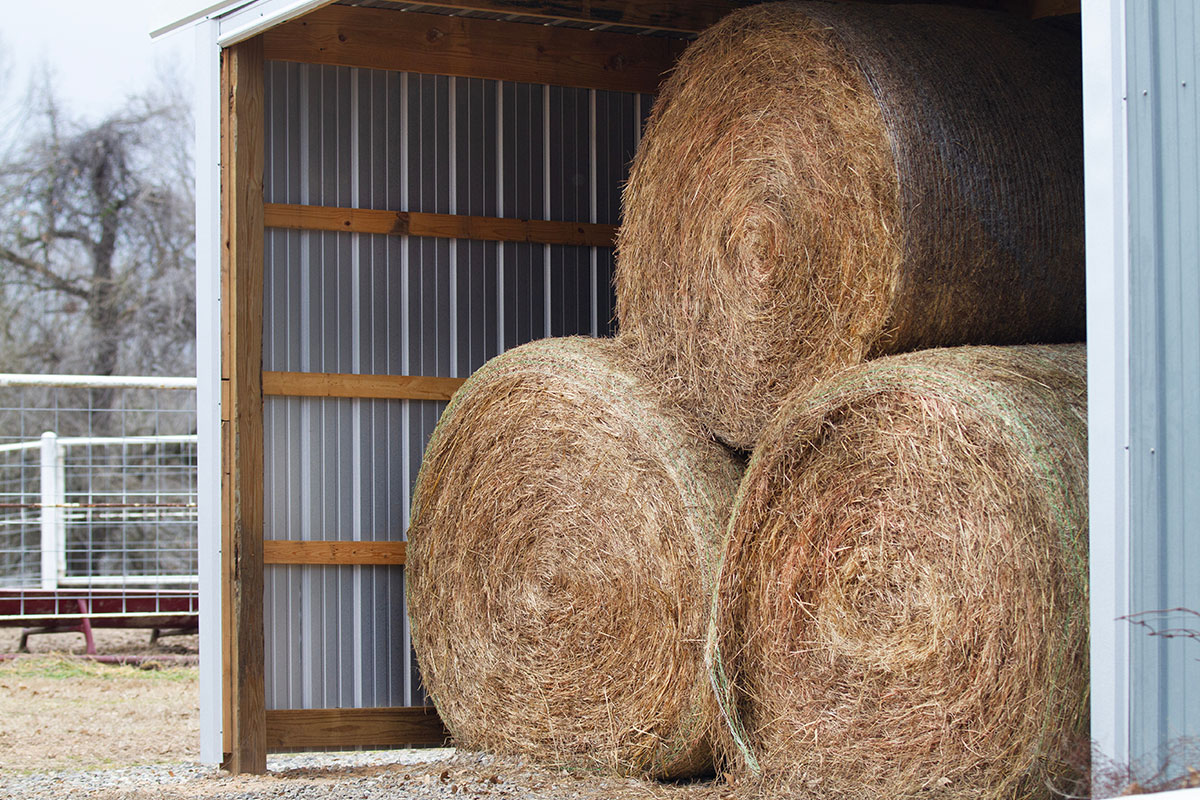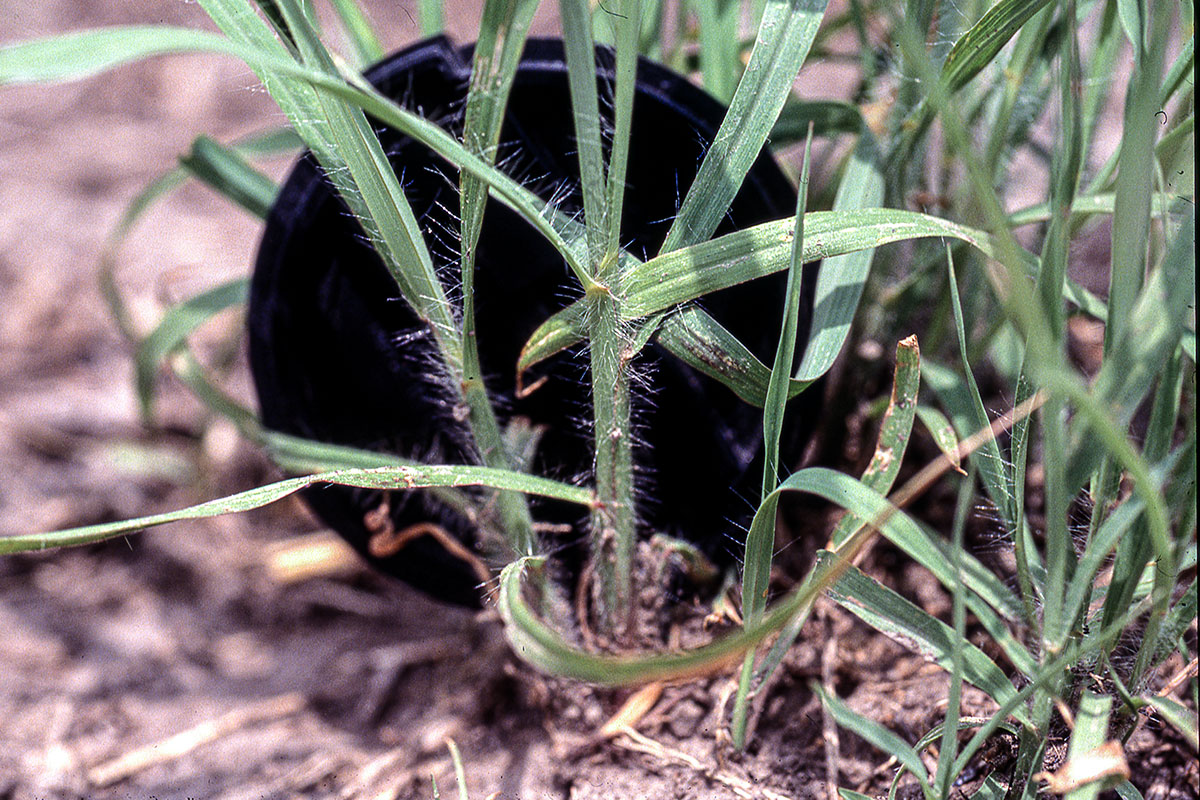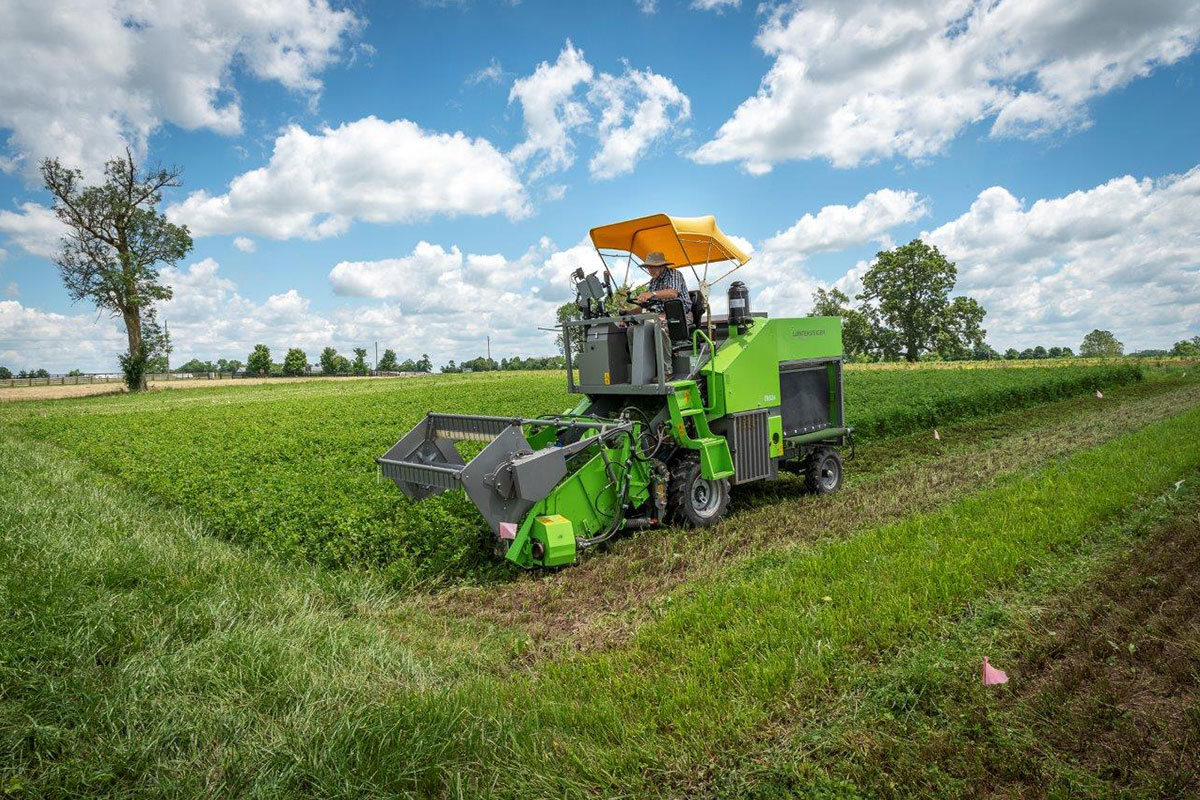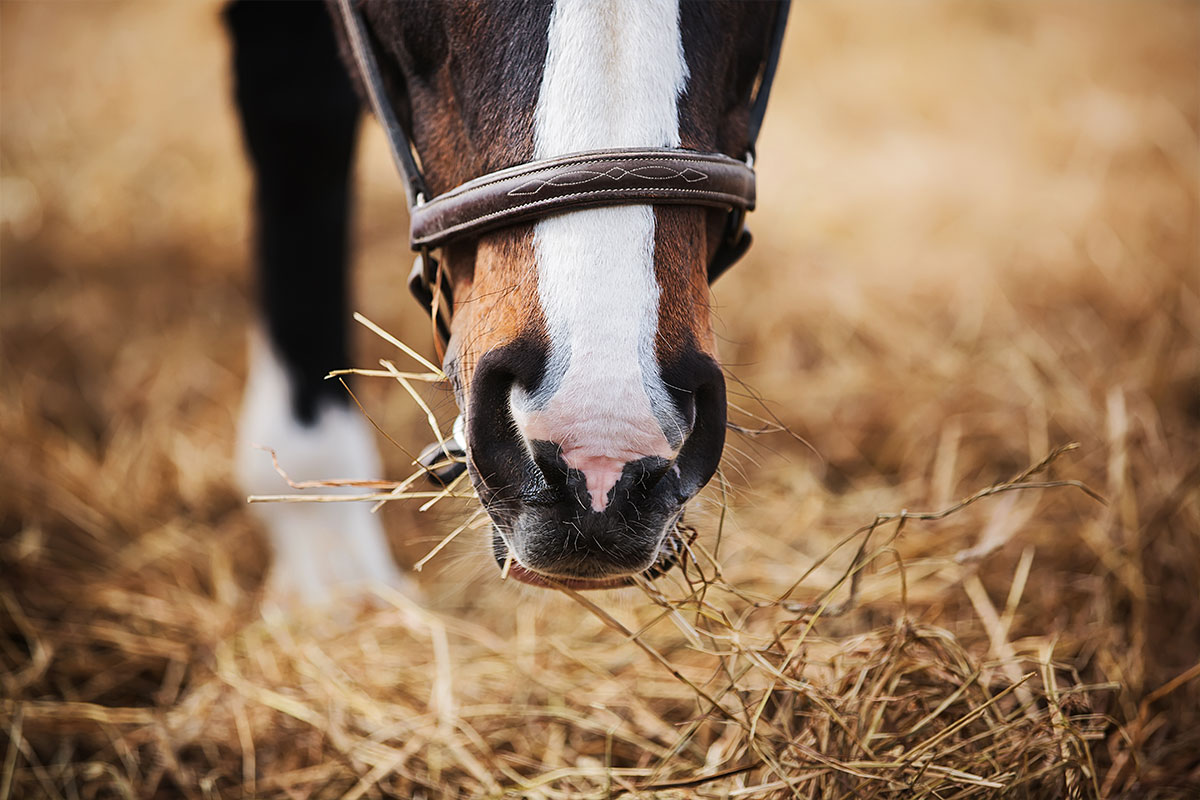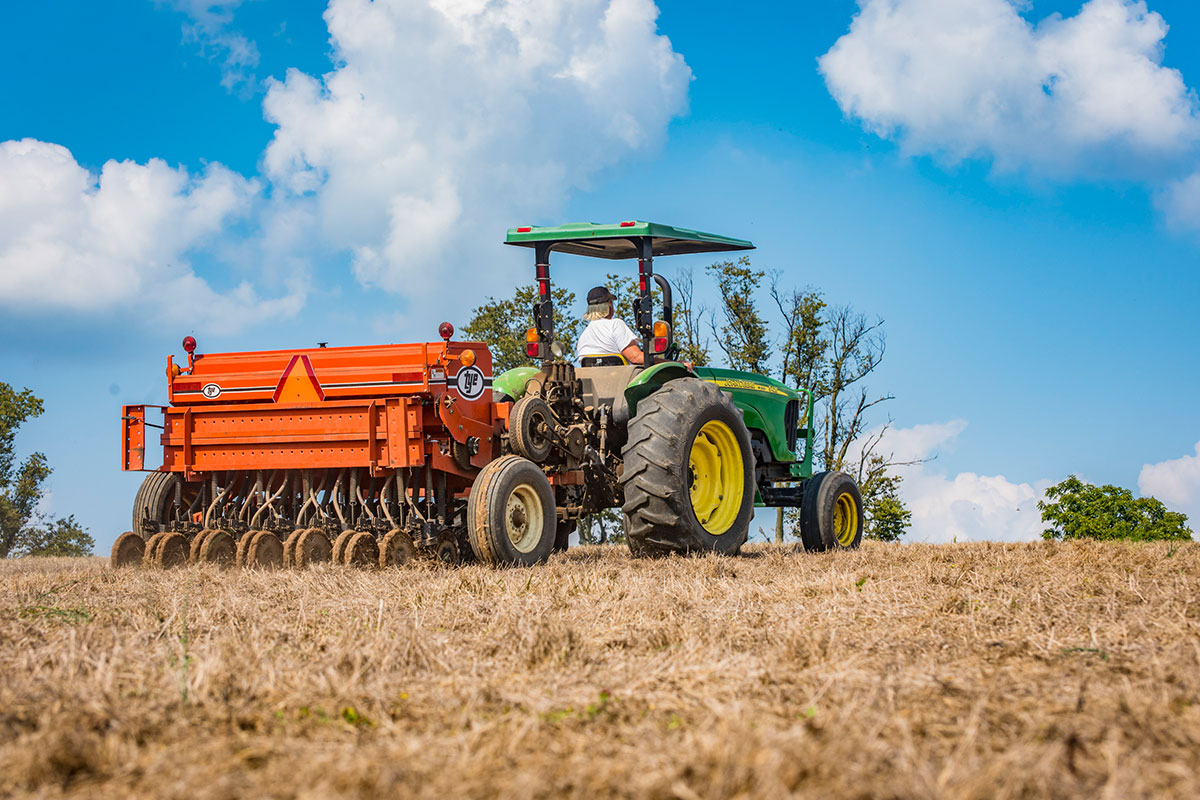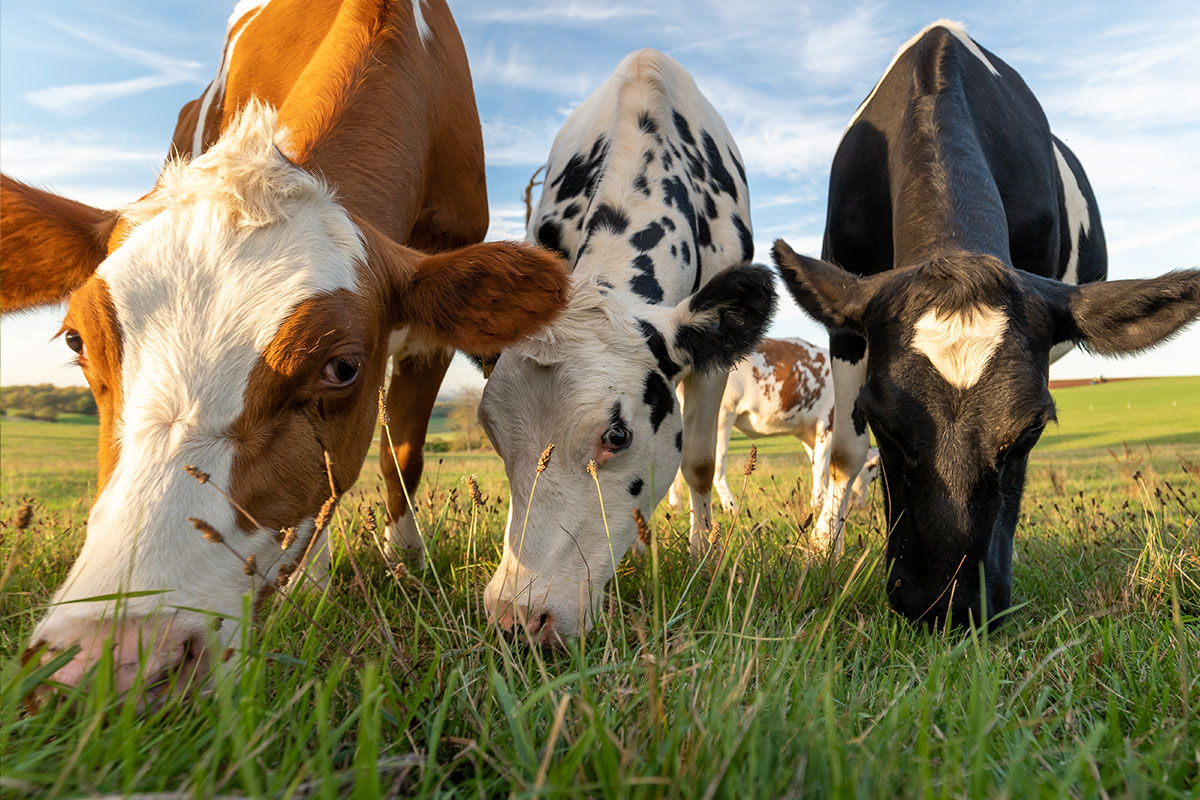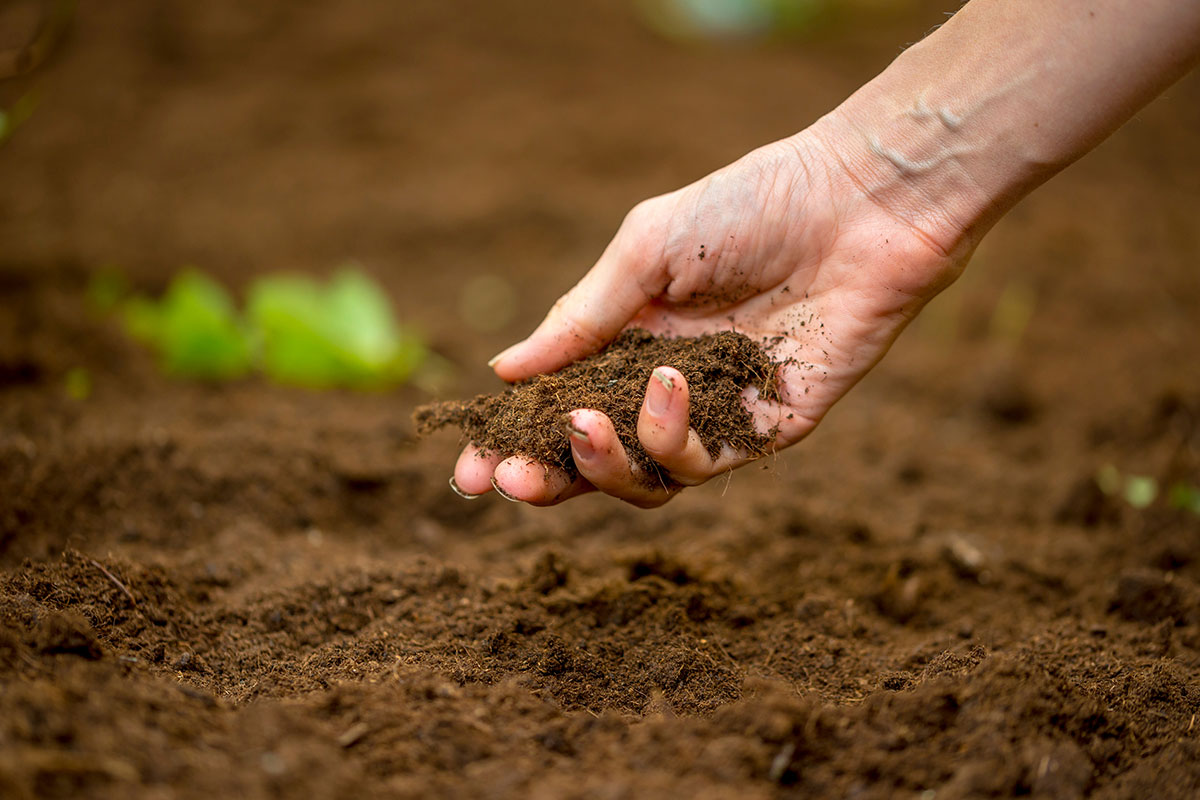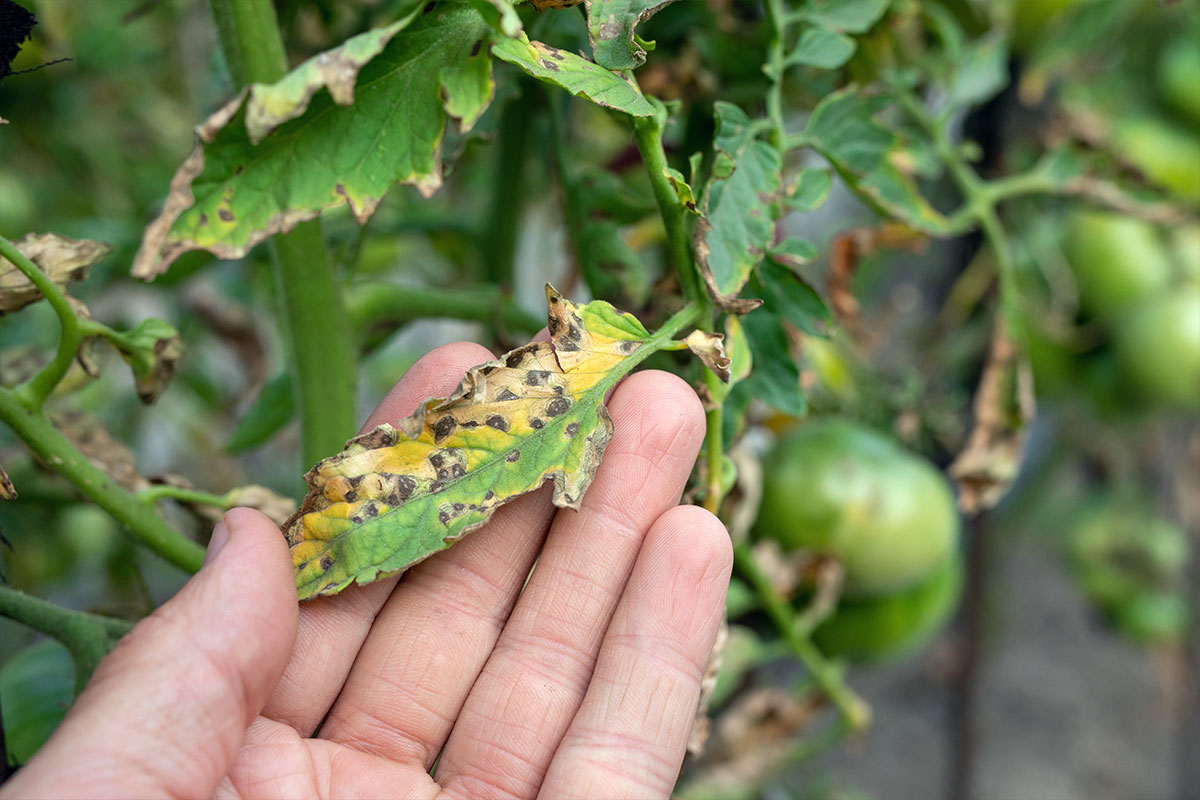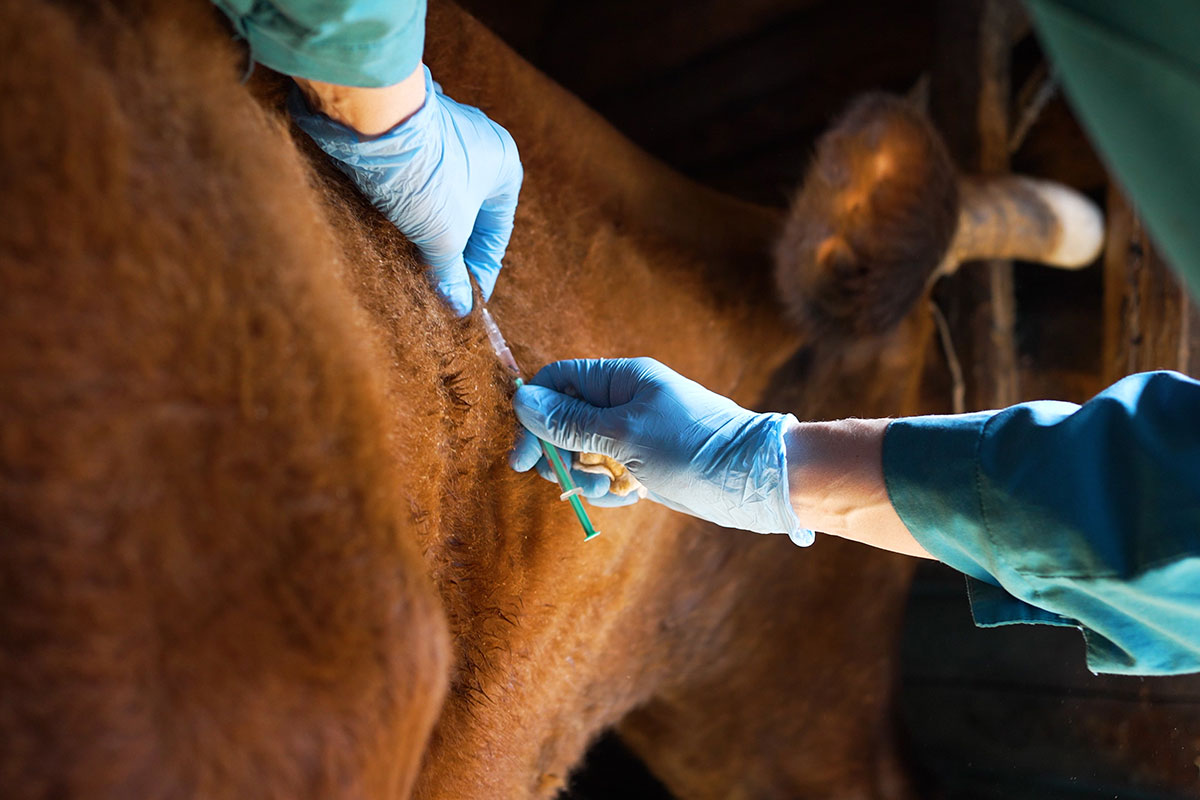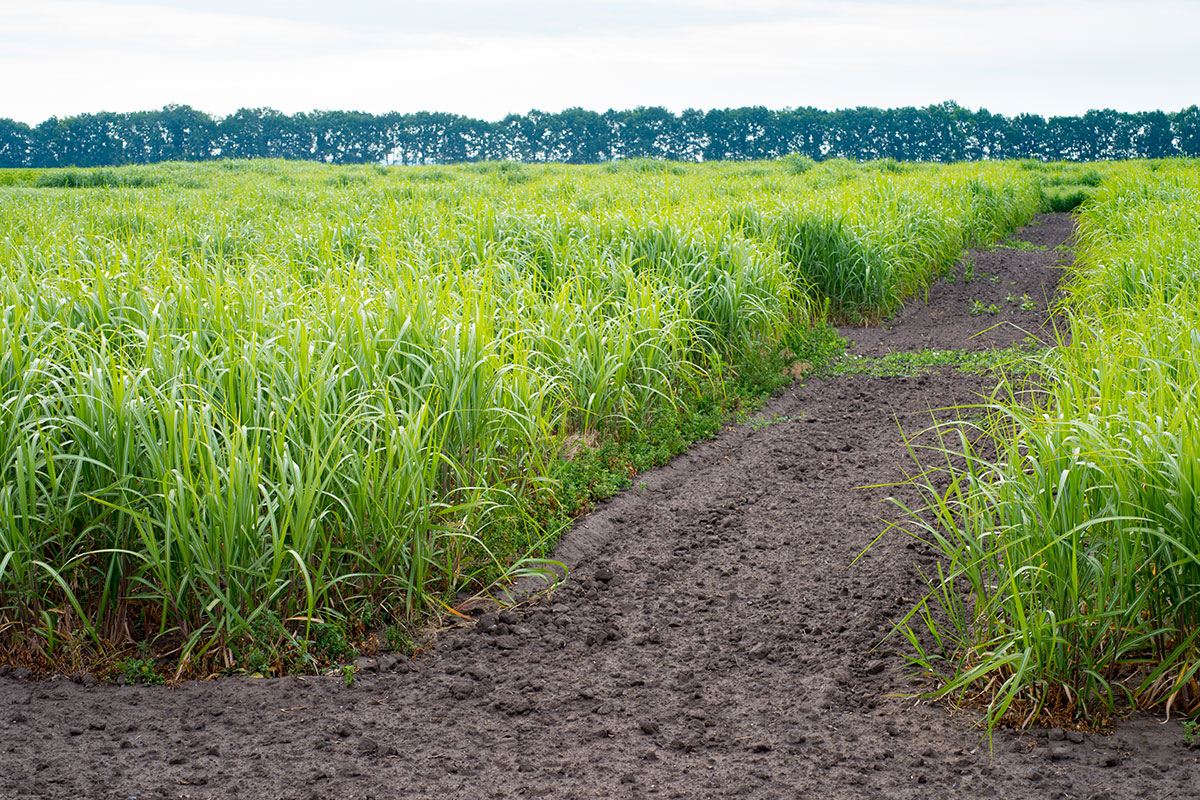Home
Click HERE to subscribe to the Newsletter!
- University of Kentucky Research and Education Center Celebrates 100 years of Better Pastures
- Pub of the Month- Tall Fescue Novel Endophyte Varieties and Establishment for Livestock and Horse Farms AGR-275.
- Reflections from Australia: What we can learn from Australian Producers about being prepared for unpredictable weather
- Alfalfa Pest Management Resources Available through the Crop Protection Network
- National Alfalfa Survey Results
- Cost Share Field Day—August 9th
Forage Timely Tips for June
- Continue hay harvests. Minimize storage losses by storing hay under cover.
- Clip pastures for weeds and seedheads as needed.
- Start to slow grazing rotations allowing for a longer recovery period.
- Use portable fencing to decrease paddock size and increase paddock number.
- Do NOT graze below the minimum desired residual height.
- If present, johnsongrass can provide high quality summer forage when grazed or cut at a vegetative stage.
- Crabgrass, a warm-season annual grass, can provide high quality summer grazing. If desired, remember crabgrass needs some annual soil disturbance to keep coming back.
- Begin grazing native warm-season grasses. Start at 18-20” and stop at 8-10”.

